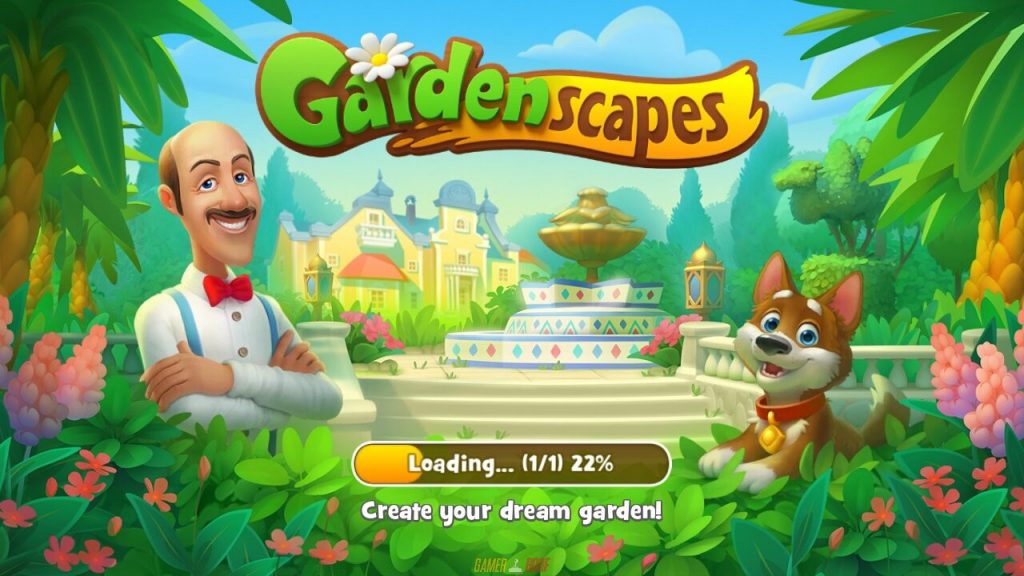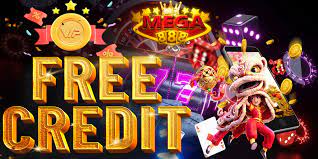Many fifa mobile points have emerged during the last decade with the words “Lord of the Rings” in their name from traditional board games to Monopoly: The Lord of the Rings Trilogy Edition and Risk: The Lord of the Rings. The Lord of the Rings: The Card Game is a Living Card Game (LGG). In Living Card Games, a system invented by Fantasy Flight Games, all cards of the game become available in packets, that contain all the cards published in the set in contrast to Trading Card Games in which expansions become available in small packages, called “booster packs” that contain some random cards from the set. That means that with TCGs one has to buy countless boosters in order to find specific cards and thus spend much money whereas on LCGs you just have to buy the appropriate expansions that contain the cards and that’s all. This system has proven to be quite successful taking into account the economic difficulties many countries have run to the last few years. This review is about the core set of the game which contains four 30-card starter decks and components for two players. Expansions of the game, called “adventure packs” come out every month and so far two cycles of expansions have been published, “Shadows of Mirkwood” and “Dwarrowdelf“, along with a deluxe expansion called “Khazad-dûm“. Adventure packs contain 60 cards that include a new scenario, a new hero, three copies of nine new player cards from all spheres and new encounter cards. But what are heroes, player decks, encounter decks and spheres?
The Lord of the Rings: The Card game is a cooperative game based on the renowned trilogy novel by J.R.R. Tolkien, The Lord of the Rings. One to four players travel through the lands of Middle-Earth trying to complete dangerous quests and defeat the ancient evil Dark Lord, Sauron. Each player controls 1-3 heroes that become available from the start of the game and each has a deck of cards, that can be played by spending resources that belong to a specific sphere. There are four spheres: “Lore” which emphasizes the potential of the hero’s mind, “Tactics” which emphasizes a hero’s martial prowess, “Spirit” which emphasizes the strength of a hero’s will and “Leadership” which emphasizes the charismatic and inspirational influence of a hero. Each sphere provides a unique style of play and you can include in your deck cards belonging to more than one sphere, providing that you use appropriate heroes as well as they are the source of resources. The player decks comprise of Allies that come to aid your heroes, events influencing the course of the adventure, and attachment cards.
At the beginning of the game you decide which of the three scenarios included in the game you are going to play. Each scenario has different difficulty and is represented by quest cards that provide the storyline of the scenario. Each scenario consists of a sequential deck of quest cards and goes along with specific threats (unexplored locations, enemies, treachery and objectives) represented by specific encounter sets. Each scenario requires two or three encounter sets that are shuffled to form the encounter deck.
The game starts by setting the threat level of each player (depends on the heroes used) and by shuffling the player and encounter decks. In the course of the game the threat level will eventually rise and when it reaches level 50, the player is eliminated. The rest of the players continue the adventure and if at least one survives till the end of the quest, the whole group of players is considered to have accomplished the quest. The first quest card is revealed and each player draws 6 cards. Then the game continues in rounds, consisting of the following phases:


